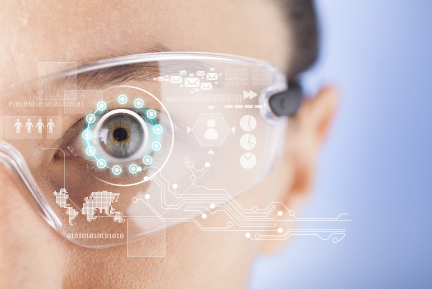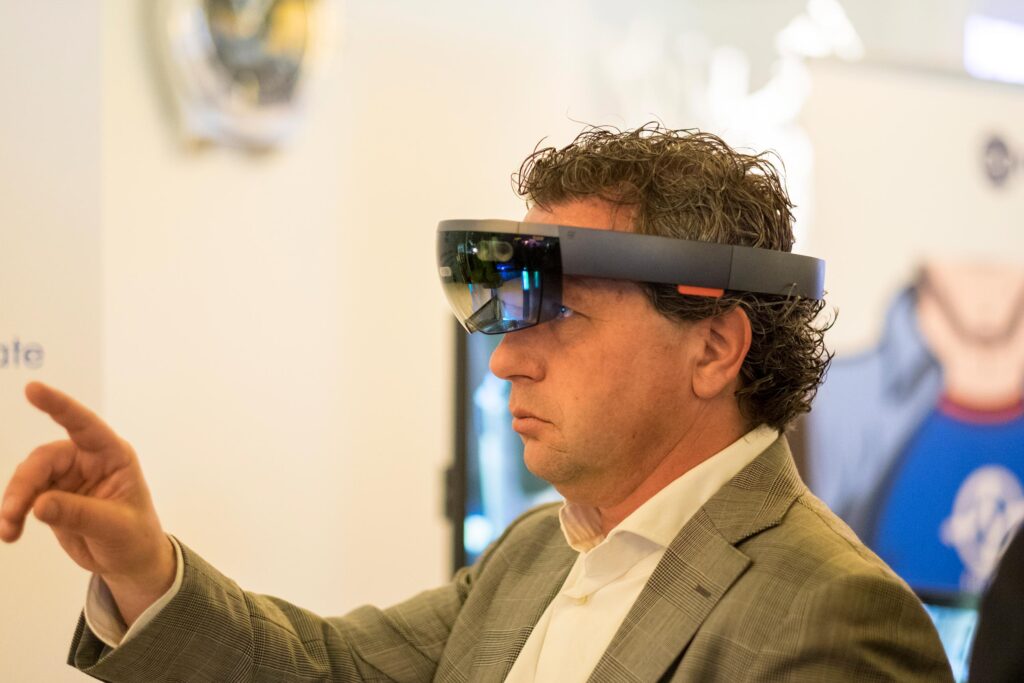
Editor's Note: This post was originally published on August 21, 2017, and updated for accuracy and comprehensiveness.
The way we share knowledge has changed dramatically. Where once we followed traditional methods of acquiring knowledge, today, more knowledge is shared via video on channels like YouTube.
Within field services, changes associated with an aging workforce have presented challenges: On the one hand, it’s essential to share knowledge in predictable ways; on the other, workers must learn new ways of sharing knowledge.
And not only do your field service technicians need to acquire and share knowledge, but the ways you share knowledge with your customers are also changing. Your customer has become more prepared and “expert” due to having access to knowledge via modern channels, where learning is free. So more than ever, you need to prove to your customer that you’re doing right on their behalf.
Knowledge Sharing Fuels Efficiency
We must make it easy for field service technicians to collect, save, and distribute knowledge. They must collect and use data during a service call. They need to know about the work to be done, information about the customer, and the asset’s history.
Today, most of our field technicians have a field service app containing all data related to the order, the customer, and the asset. So your technician knows what needs to be done and what has been done on the asset.
But think of these scenarios: what if they need a manual related to an old asset? Is that relevant information available within a document library? Or is that document connected to the asset and pops up only when the technician works on a similar asset? What if there’s no digital manual, but the physical manual is available? Is the technician capable of digitizing, connecting it to that asset, and making it available for every other technician?
Watching How Work Is Done Is Better Than Reading About It
What if they could digitize it visually by using a wearable device to record their activities to share that information with their colleagues? They could do it while doing the job instead of scanning a document afterward. Studies show that learning by watching is much faster and easier than reading a manual about how to do it. So, in addition to collecting the data in less time, it’s also easier for a future technician to view and understand the recorded processes instead of reading a manual.
And you could share the same recorded video with your customer, so they see the problem and the fix. In addition, customers appreciate receiving the digitized signed service order report that includes a video of all the things done during the job.
Get the Brain of an Expert on an As-Needed Basis
But what if you’re a technician who needs knowledge about a specific situation? What if it’s only available in the brains of an expert working elsewhere? No problem! With today’s technology, the technician calls the expert and asks for remote support. This way, they learn on the job, get a first-time fix, record the job, and save it to the asset so they can share it for future needs.
Are you ready to collect and share knowledge daily and make it a routine part of your work?
Do you want to experience the power of a continuously improving team of field service technicians where sharing knowledge comes naturally?
Gomocha solutions uncovers hidden efficiencies, matching skill with demand so your field team delivers an exceptional customer service experience time after time. Learn more.

